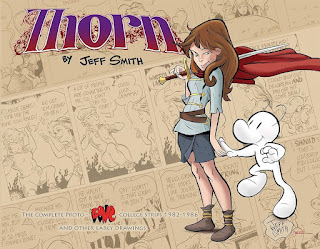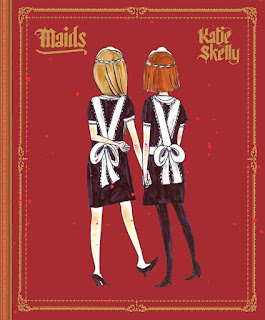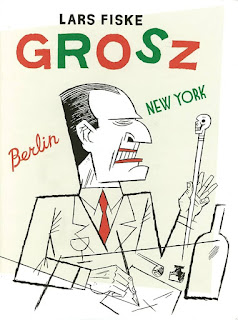Victory Parade by Leela Corman
It can be easy to lose track of just how much work and time goes into a single comics panel – to think of a graphic novel like prose, where you can strike out a line and rewrite it at any time. But comics are much more architected than that, built up in stages, and you can’t build a penthouse unless you have the right foundation.
It’s more obvious with books that don’t tell simple, direct stories – ones where the architecture had to be laid out more carefully, planned more fully, and where the foundation had to be chosen to tell this particular version of all of the possible stories circling in the creator’s head.
I bring this up with Leela Corman’s stunning new graphic novel Victory Parade , because this is not a straightforward book. It’s skips around in time and space – not hugely, but enough that the reader needs to pay attention – and is not telling one single narrative, but a loosely connected skein of stories weaving through an interconnected cast during WWII. It starts in the middle of a situation, and ends without a single big moment, like life.
Victory Parade is mostly the story of three women, of three different ages, starting in 1943 New York. All are Jewish, which is important, alongside a dozen other facets of their personalities and lives that are also important. Rose Arensberg is working in the Brooklyn Navy Yard while her husband Sam is fighting with the Army in Europe – and she’s also sleeping with the maimed veteran George Finlay, who lives in the same building. Her daughter Eleanor has the least to do of the three, as a mostly-innocent primary-schooler. Then there’s Ruth, a Jewish refugee from Germany who has been living with Rose and Eleanor for several years – she came as a young teen, and is now twentyish.
Ruth is the only survivor of her family, as far as she knows.
Ruth is also pretty enough and young enough that she gets endless attention from men – grasping, crude, horrible attention – and hot-headed enough that she fights back and gets in trouble for it. An opportunity arises for her to use all that as a wrestler, and she takes it, starting to train and fight matches.
Late in the book, we also see Sam – first back from the war, then in flashback, after the liberation of the Buchenwald camp. He’s as admirable or relatable as the other characters: that can be “a lot” or “barely at all,” depending on the reader, of course.
Corman tells these stories on pages that feel smaller, more constrained, than the reader expects – mostly four-panel grids, as if a whole tier was cut off or never existed. Her drawing is organic, her people have sharp, strong faces – none of these people are pretty, but then their world isn’t, either. There are multiple dream sequences, sometimes bursting into waking life, full of violent imagery, particularly severed limbs.
Again, Corman is not telling one story, and there’s no crisp “plot” running from beginning to end. All of these people do things, feel things, worry about things, suffer things. Not all of them make it to the end. And standing behind all of them are the millions who didn’t make it through WWII, both the dead of the Holocaust and the soldiers on all sides doing their best to kill each other. We’re seeing the stories of a few of them: mostly women, mostly in New York, mostly Jewish, mostly survivors. But “surviving” is a moving target; there’s a lot of brokenness that isn’t quite “actually dead.”
Victory Parade has an ironic title: there are few victories here, and no parades. It’s a powerful, deep story that will not tell you how to read it, how to feel about it, or about whom to care the most.
Reposted from The Antick Musings of G.B.H. Hornswoggler, Gent.





















